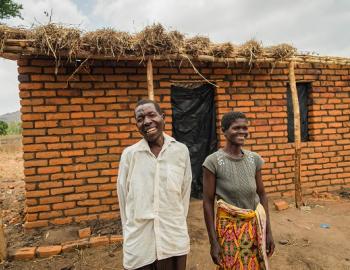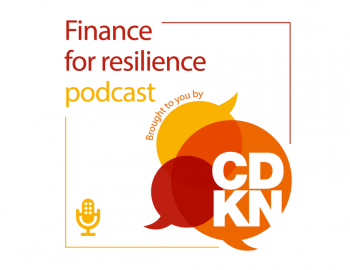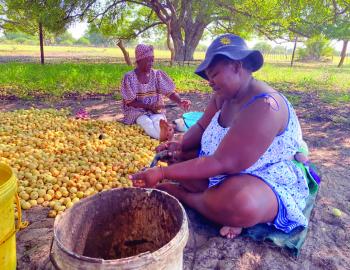Report : Gorakhpur: Extreme Rainfall, Climate Change, and Flooding (Technical Report)
Report : Gorakhpur: Extreme Rainfall, Climate Change, and Flooding (Technical Report)
Gorakhpur is a rapidly growing city in eastern Uttar Pradesh, India. Historically, the area experienced low levels of flooding each year during the summer monsoon, and depended upon such floods to replenish soil fertility. Yet, the depth and duration of flooding in the city has been increasing. Urbanization is one of the key factors enhancing flooding and waterlogging; for example, loss of water bodies and construction in the floodplain zones of the Rapti and Rohini rivers is reducing the capacity for floodwater drainage, absorption and storage. These urbanization processes have changed the nature of flooding and waterlogging hazards for the city and they are accelerating. In parallel, climate change is likely to alter the frequency and intensity of rainfall events that contribute to Gorakhpur’s flooding. Shifts in extreme rainfall due to climate change, coupled with the current city development trajectory, will continue to increase the flood and waterlogging risk.
This technical report, Gorakhpur: Extreme Rainfall, Climate Change and Flooding, provides an analysis of extreme rainfall events and presents the following key findings:
- Climate change is likely to increase the intensity—how much rain falls per hour—of rain events around Gorakhpur over the next 50 years. At the same time, the city’s population will continue to increase and require housing, transportation, and other city services. Unless the city can manage growth in a more sustainable manner, flood depths will increase and waterlogging will last longer due to the projected climate change impacts on rainfall and current urbanization process.
- Flooding occurs in some wards, like Mehewa Ward, after relatively small amounts of rain in 24 hours. Climate change may increase the intensity of such small rain events by 10 to 20% by the 2050s.
- More severe 24-hour rain events have occurred in the past. Under climate change, the intensity of such events might increase 2 to 25% by the 2050s.
Sheltering From a Gathering Storm is a two-year project supported by CDKN targeting peri-urban areas in India, Vietnam and Pakistan to identify practical solutions for resilient shelters and the long-term economic returns of investing in such shelter structures, focussing on cities facing risks from typhoons, flooding and extreme heat.
Further reading:
Case studies:
- Sheltering From a Gathering Storm: Flood Resilience in India
- Sheltering From a Gathering Storm: Temperature Resilience in Pakistan
- Sheltering From a Gathering Storm: Typhoon Resilience in Vietnam
Reports:
- Review of Housing Vulnerability: Implications for Climate Resilient Houses
- Typhoon Intensity and Climate Change, Da Nang, Vietnam
- Extreme Rainfall, Climate Change and Flooding in Da Nang, Vietnam
- Extreme Rainfall, Climate Change and Flooding in Gorakhpur, India (policy brief)
- Qualitative Insights Into The Costs And Benefits Of Housing In Three Wards In Central Vietnam
- Lessons from Typhoon Nari: Storm Resistant Housing shown to be Effective
- Sheltering From a Gathering Storm: The Cost and Benefits of Climate Resilient Shelter
Technical papers:



